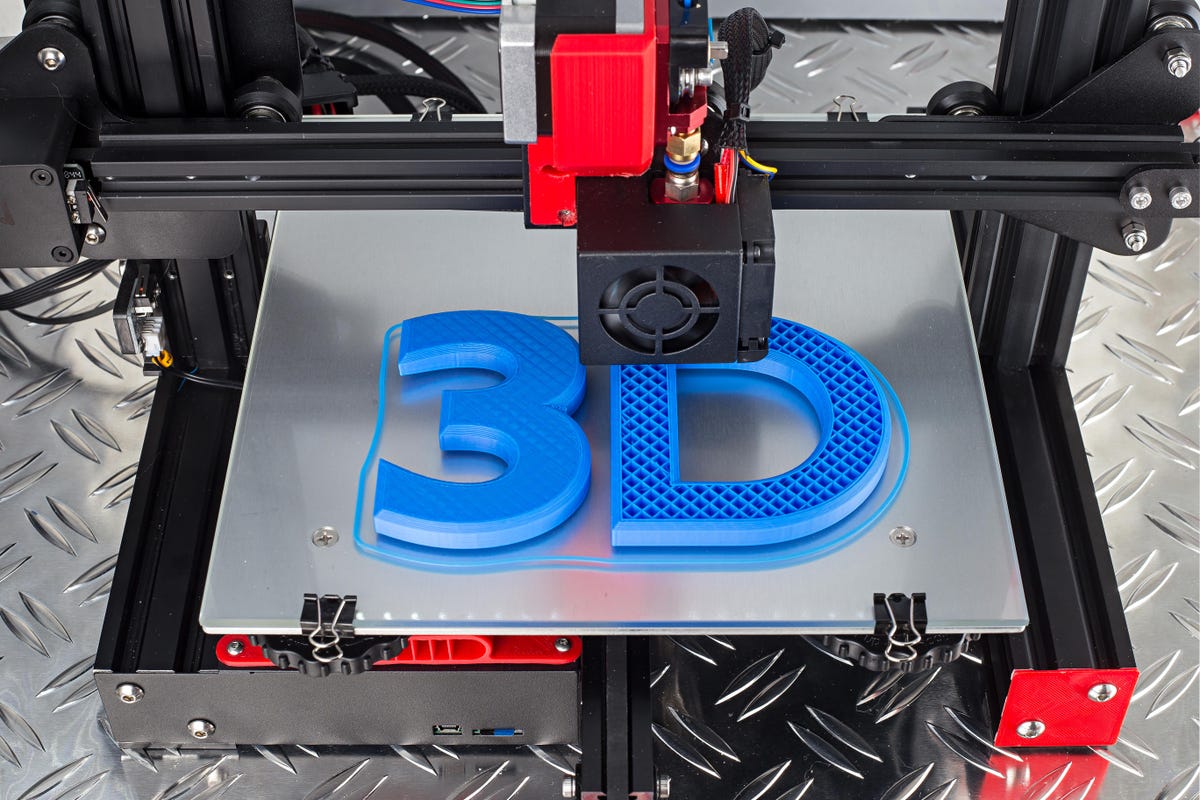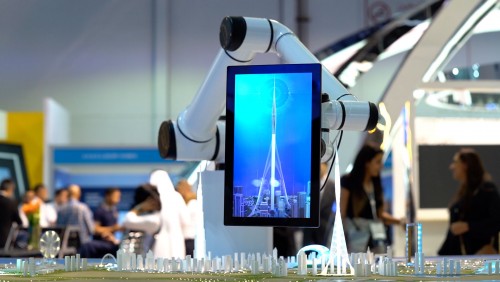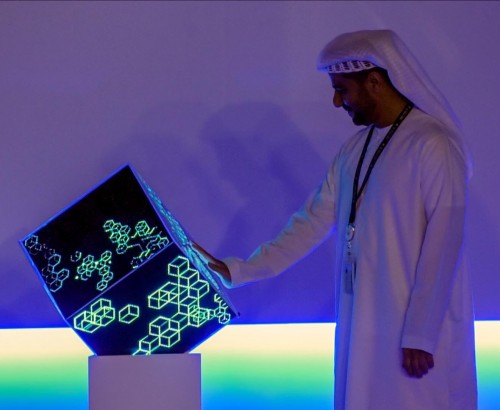Is 3D Printing the Future of Manufacturing?

What is 3D printing?
3D printing is a process that creates objects from raw materials by successively adding layers of material until the product is complete. Manufacturing businesses are switching from traditional production methods to 3D printing because it is more efficient and environmentally friendly. 3D printers have evolved from industrial machines used to make prototypes and models to a variety of desktop-sized machines for small businesses and consumers. The main challenge in 3D printing is creating an object with the correct shape and form. To overcome this, designers use software to manipulate existing 3D models or create new ones from scratch. This process is called 3D modeling or design. 3D printers use computer software to make a 3D model and turn it into a set of instructions to guide the printer’s nozzle in the right place and at the right time to make the object.
Why is manufacturing changing?
The manufacturing industry has long been under pressure to improve efficiency and reduce costs. Manufacturing sectors like automotive, aerospace, medical devices and electronics have been majorly impacted by increasing government regulations, rising costs and interconnected supply chains. For example, the growth of e-commerce has dramatically increased the demand for customization and shorter lead times. To meet growing customer demands, manufacturers have shifted from traditional mass production to more agile production methods. The digital transformation has also changed how we source, buy and sell products. The result is increasing demand for automation and robotics in the manufacturing sector.
3D printing in the manufacturing industry
3D printing is used as a way of producing end-use parts and components that are too complex or that would be too costly to produce via traditional manufacturing methods. It can also be used to make prototypes quickly and cheaply. 3D printers are used in many different industries such as aerospace, automotive, medical devices, food and beverage, and consumer goods. The design and production of the components in a car, for example, have become much more complex. Today’s cars have more sensors, more sophisticated wiring and more computing systems than ever before. As a result, the design and production process has become more time-consuming. Additive manufacturing can help reduce lead times and improve the design process by enabling engineers to create more accurate models of components.
The future of manufacturing with 3D printing
A few decades ago, people predicted that traditional manufacturing would be replaced by robotics and automation. While this has been partially true, 3D printing has emerged as a new technology that can improve traditional processes. 3D printing is still a relatively new technology that is being constantly developed, improved and adapted to suit different applications. It is still a challenge to produce bulk products at a competitive price and achieve the same level of quality as traditional manufacturing processes. However, manufacturers are constantly working to overcome these issues and find new ways to apply 3D printing in their operations. A recent study predicted that by 2025, the global market for additive manufacturing will grow to $27 Billion. This shows that many businesses are investing in 3D printing technology. If this prediction comes true, it will create new opportunities for manufacturers and designers. Engineers will have more design freedom with fewer limitations on time and cost. With more innovation and collaboration, we are not too far from seeing a future where 3D printing is the future of manufacturing.
Conclusion
The manufacturing industry has changed from making hundreds of identical products to custom-made products. The global trend has been towards shorter production cycles and a more agile production system. 3D printing is a technology that has emerged to tackle these challenges and has been widely adopted by the manufacturing industry. As new innovations and more collaborations are taking place, we are not too far from seeing a future where 3D printing is the future of manufacturing.







 Call
Call
 Mail
Mail